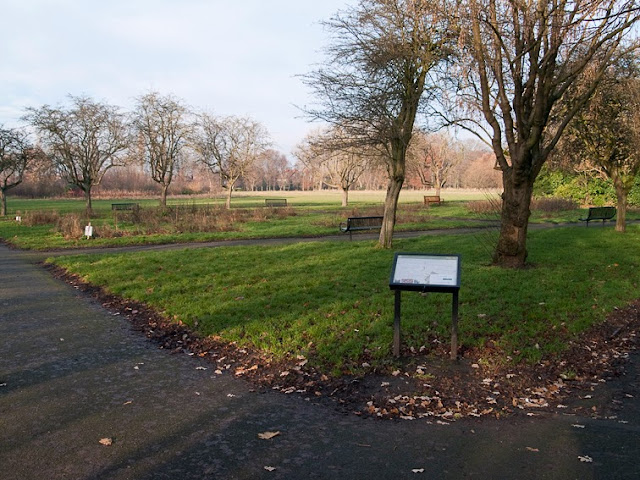Tidying up the front garden is a different experience from doing the same to the back - or rather, the - garden.
For one, tackling the garden at the back of the house is done either when it has become aesthetically unpleasing, when an expert horticulturalist in a newspaper says I should, or when I can be arsed. Tending to the front garden, however, is usually done when it becomes apparent my garden is the only one in the road giving out a 'Miss Haversham Lives Here' vibe.
What and when is done in the back garden is a private personal affair, but that done to the front is generally prompted by the pressures of social anxiety.
The trouble is, I like the overgrown look. I like leaf litter, naughty Heathcliffe weeds, and scary insects. To me, as long as I have some control over where they occur, these things mean Life lives in my garden. Yes, I realise a well ordered neatly pruned garden could also make this claim - a plant, be it an exotic bought from a garden centre or a windblown weed, is always Life - but it's being able to see nature going through its seasonal and daily cycles that gives me joy and gives purpose to what little actual gardening I do.
Look at this leaf litter and earthy stuff under the hebes in the front. Today it was swept away because I thought the neighbours would think me lazy if it was left there. I was muttering 'what a shame' under my breath, though. There were worms in there, and little white hoppy things, and a startled earwig. It was a perfect feeding ground for robins and wrens, and maybe hedgehogs. What a shame that Life, that Realness, had to go for the sake of social embarrassment.
This little internal tussle highlights the whole concept of garden and gardening. Gardens are artificial constructs and gardening is a matter of control. Here I am championing wild nature, yet I want it confined to portions of my land. Letting nature run its course would demonstrate my commitment to these ideas of Life and ecosystems and beleaguered birds, but then I wouldn't be gardening, and it wouldn't be my garden. It would simply be a patch of land. I wouldn't own it.
And how would that affect my social standing with my surrounding neighbours? You have to be seen to have some control over your garden. It seems most people demonstrate their mastery by paving over the ground or confining plants to bordered borders. Even my messy garden in its early successional state is tolerated (I think, I haven't actually asked) because it is understood I'm 'wildlife gardening' and not simply neglectful.
The city ... nature ... humans ... wildlife - interesting ...







.png)











